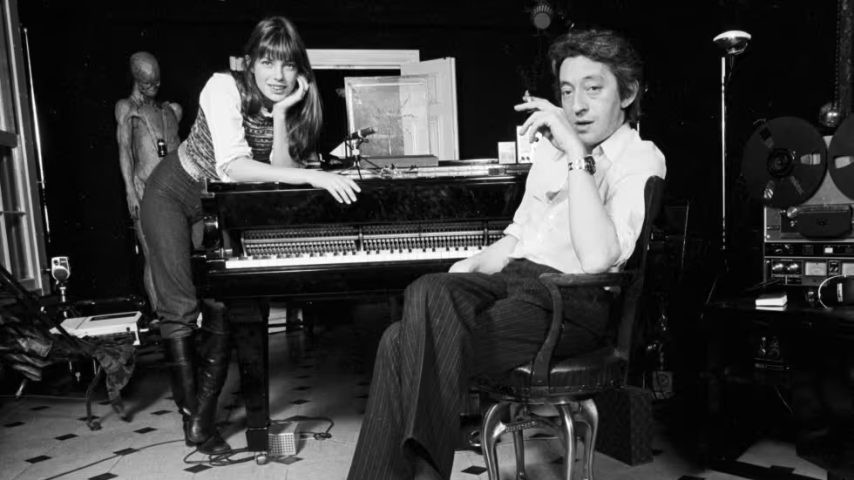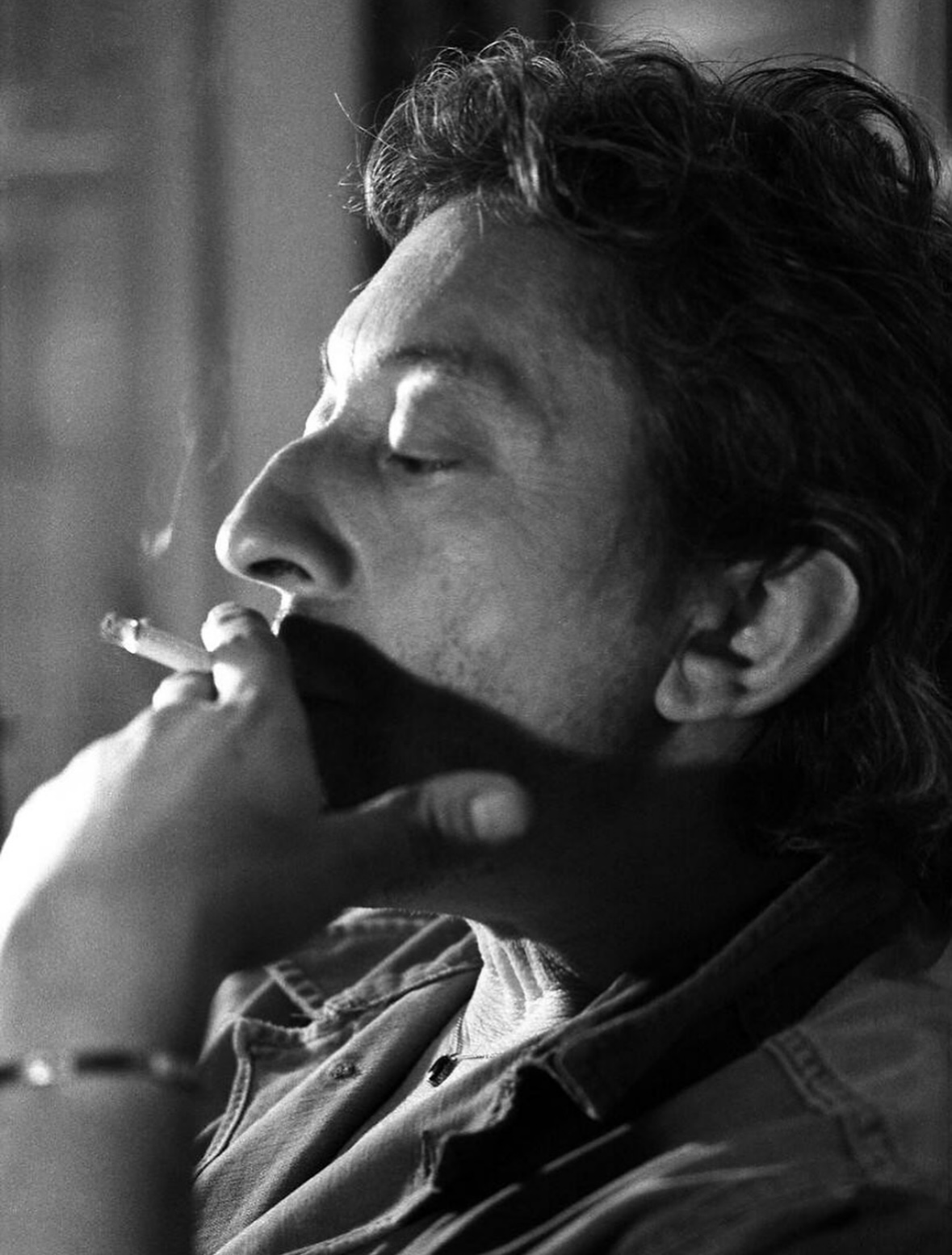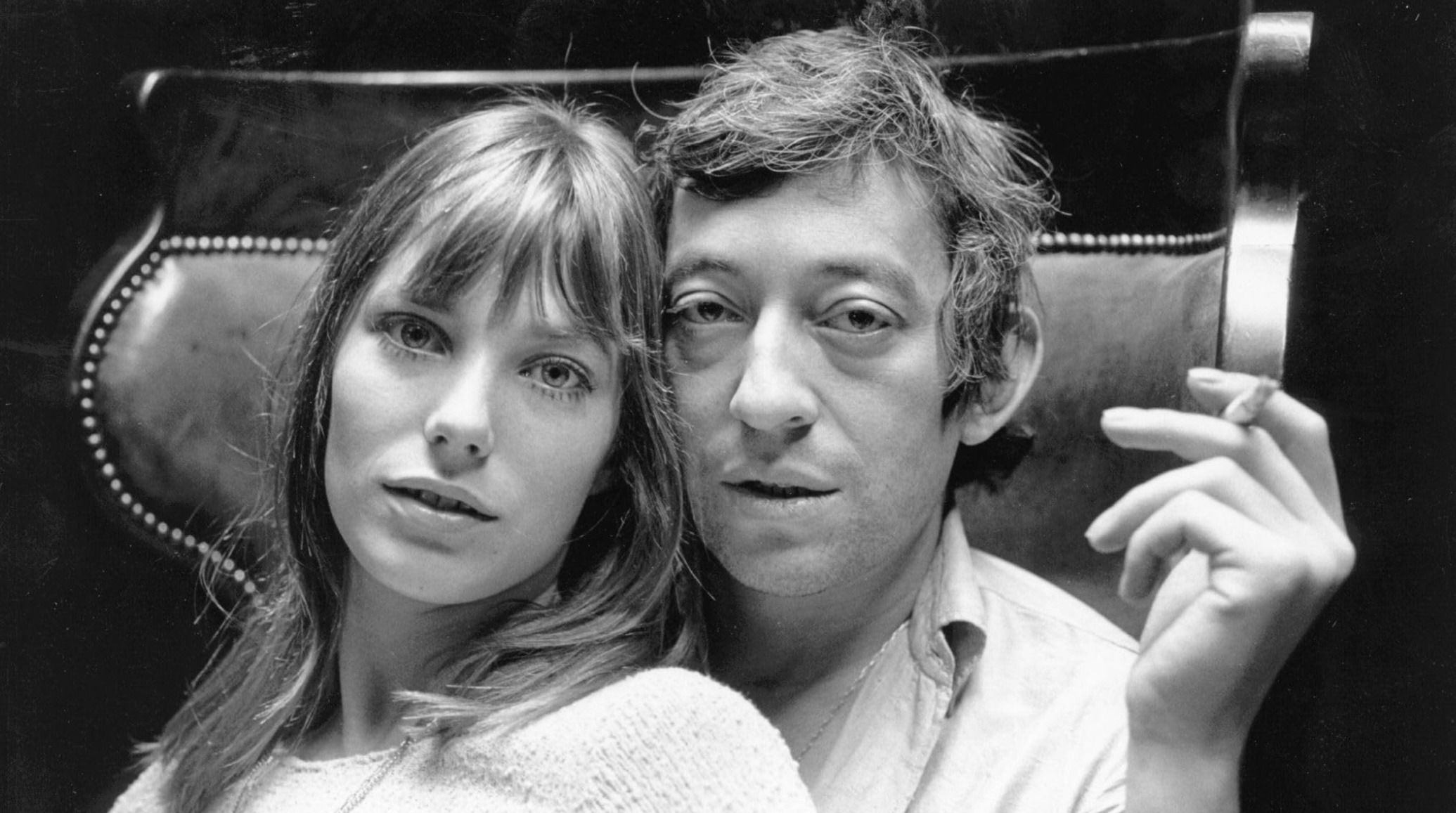
Photo credits: Serge Gainsbourg and Jane Birkin at home in Paris, December 1971, Jean-Claude Deutsch/Paris Match
Secrets of Success, Love, and Life: The Legacy of the World’s Visionaries. A recurring Monaco Voice column exploring the lives, achievements, and philosophies of the world’s most influential visionaries, uncovering the secrets behind their success and enduring legacies curated by actress Vladyslava Garkusha.
Not every cultural figure seeks the spotlight. Some, like Serge Gainsbourg, seem to trip into it - cigarette first, charm second, and scandal never far behind. Composer, poet, provocateur, and eternal night owl, Gainsbourg never pretended to be a role model. And yet, here we are, still fascinated.
Born Lucien Ginsburg in 1928 to Russian Jewish immigrants in Paris, he grew up surrounded by music and exile. His father, a classically trained pianist, encouraged his talents early, though Serge's first artistic pursuit was painting. He trained at the École des Beaux-Arts but eventually turned to music. It turned out to be the beginning of a very unconventional French love affair… between Gainsbourg and controversy.
The Music That Raised Eyebrows
Gainsbourg’s career was a lifelong experiment - in sound, in image, in cultural patience. He moved from smoky jazz clubs in the 1950s to slick pop, orchestral ballads, reggae, and electronic in later decades. He was never afraid to reinvent himself. In 1969, he and Jane Birkin released “Je t’aime… moi non plus,” a duet so breathy and suggestive that it was banned by the BBC and condemned by the Vatican - which, as Gainsbourg would have surely told you, only helped sales. It hit No. 1 in the UK.

Photo credits: IMDb.
A Romantic Gesture with a Timer
Gainsbourg met Birkin on the set of Slogan in 1968. She was 22, he was 40, and what followed was a decade of creative and romantic entanglement, now part of French pop culture history. One story from their early days still feels like a Gainsbourg masterstroke - equal parts charm and slight-of-hand.
As the two strolled through Paris one evening, he turned to her and said that he loved her so much that he had arranged for all the monuments in the city to light up… just for her. Moments later, the Eiffel Tower and the bridges and façades did, in fact, glow to life. What Birkin didn’t realize - was that Paris’s monuments light up every evening at exactly 8:00 p.m. Gainsbourg had simply known the schedule.

Photo credits: IMDb.
Never Not Provoking
In 1979 Gainsbourg released a reggae rendition of the French national anthem, “Aux armes et cætera,” recorded in Kingston with the legendary rhythm duo Sly and Robbie. By transforming the sacred anthem into a reggae groove, Gainsbourg challenged traditional notions of patriotism and cultural identity. The move was a deliberate provocation designed to spark debate and invite listeners to reconsider what nationalism could sound like in a modern, globalized world. It also showcased his talent for blending French culture with international influences, pushing the boundaries of music and societal expectations alike. In true Gainsbourg fashion, it was as much about shaking up the establishment as it was about making music—bold, unapologetic, and impossible to ignore.
A Home Like No Other
When Gainsbourg died in 1991 at age 62, fans turned his Paris home into a tribute to his life and work. Covered in graffiti, 5 bis Rue de Verneuil stood untouched for years. His daughter, Charlotte Gainsbourg, preserved it just as he left it - cigarette butts still in the ashtray, vodka bottle half-full, piano untouched. In 2023, the house finally opened to the public as Maison Gainsbourg, offering visitors a look into his lived-in chaos life.

Photo credits: Audio equipment in the living room of 5 bis , Pierre Terrasson
Legacy Without Polishing
Serge Gainsbourg never tried to be neat or nice - and that was part of his beauty. He wasn’t chasing perfection. He was chasing truth, even if it came wrapped in scandal or smoke. He made music that challenged, and moments that stayed with you - even if they came with a bit of trickery. And maybe that’s the secret: Make it beautiful, make it bold, and when the lights come on at 8 p.m., make your loved one believe you flipped the switch.

